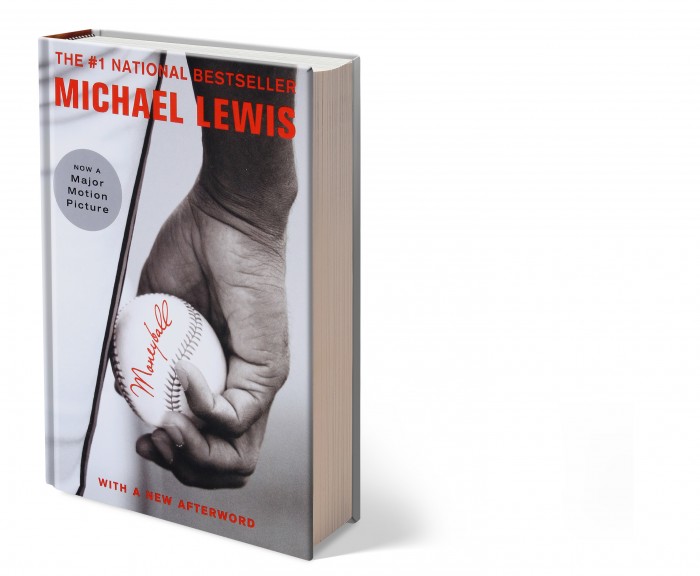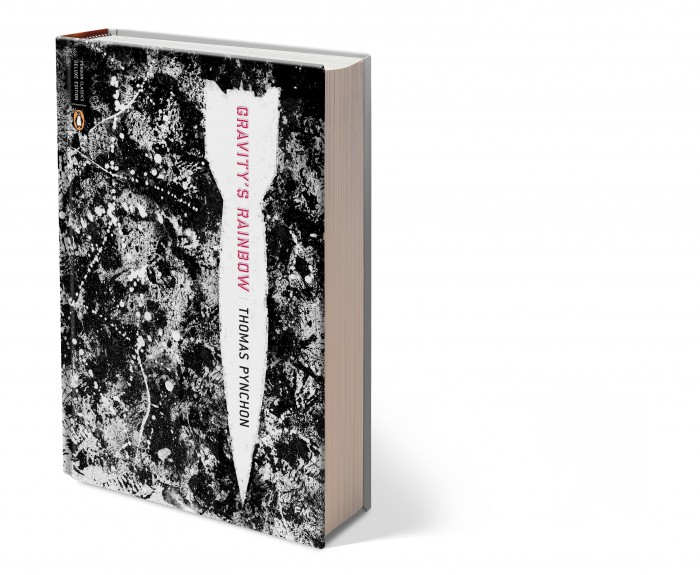5 of the best books about prediction
The types of predictions that are possible keep changing: the present is modulated by beliefs about how much is knowable about the future. These books discuss consequential shifts in how predictions are conceived.
Moneyball
Michael Lewis

This 2004 book about how the Oakland A’s set out to use better metrics to predict baseball players’ skill has become a landmark not just in sports writing but in how “data-driven” decisions became popular in all walks of life in the 21st century.
“Pitchers were like writers in another way, too: their output was harder than it should have been to predict. A twenty-two-year-old phenom with superior command wakes up one morning in such a precarious mental state that he’s hurling pitches over the catcher’s head. Great prospects flame out, sleepers become stars. A thirty-year-old mediocrity develops a new pitch and becomes, overnight, an ace. There are pitchers whose major league statistics are much better than their minor league ones. How did that happen? It was an odd business …”
Surfing Uncertainty: Prediction, Action and the Embodied Mind
Andy Clark

Philosopher Andy Clark argues that prediction is central to understanding how human beings perceive the world. We do, he says, a lot more predicting than we realize.
"Prediction is, of course, a slippery beast. It appears, even within these pages, in many subtly (and not-so-subtly) different forms. Prediction, in its most familiar incarnation, is something that a person engages in, with a view to anticipating the shape of future events. Such predictions are informed, conscious guesses, usually made well in advance, generated by forward-looking agents in the service of their plans and projects. But that kind of prediction, that kind of conscious guessing, is not the kind that lies at the heart of the story … Brains like ours, this picture suggests, are predictive engines, constantly trying to guess at the structure and shape of the incoming sensory array. Such brains are incessantly pro-active, restlessly seeking to generate the sensory data for themselves using the incoming signal (in a surprising inversion of much traditional wisdom) mostly as a means of checking and correcting their best top-down guessing."
Cassandra
Christa Wolf

In this novel, Wolf tells the story of Cassandra, a daughter of King Priam of Troy, who was able to predict the future, but whose predictions were never believed.
“I alone saw. Or did I really ‘see’? What was it, then? I felt. Experienced—yes, that’s the word. For it was, it is, an experience when I ‘see,’ when I ‘saw.’ Saw that the outcome of this hour was our destruction. Time stood still, I would not wish that on anyone. And the cold of the grave. The ultimate estrangement from myself and from everyone. That is how it seemed. Until finally the dreadful torment took the form of a voice; forced its way out of me, through me, dismembering me as it went; and set itself free. A whistling little voice, whistling at the end of its rope, that makes my blood run cold and my hair stand on end.”
The Taming of Chance
Ian Hacking

This brief, dense, and beautiful work of philosophical history explains how, in the late 19th century, statistics acquired explanatory power for the first time as scientists gradually abandoned the idea that the present completely determines the future.
"The bad player is the one who tries to calculate and play with the odds, as if his game, his life, were one of a large number of games. To do so is at best to succumb to another necessity, the necessity of the law of large numbers. The good player does not fool himself, and accepts that there is exactly one chance, which produces by chance the necessity and even the purpose that he experiences. Not even a long run of universes would annul the chance that brought into being our world, and only the false consciousness of a bad gambler could make it seem otherwise.”
Gravity’s Rainbow
Thomas Pynchon

One of the 20th century’s most important novels, Gravity’s Rainbow, among other things, tells the story of Tyrone Slothrop, who can predict where German V-2 rockets will impact in London. Researchers in the novel ponder whether Slothrop is causing the rockets to fall where they do, or merely predicting.
“The rockets are distributing about London just as Poisson’s equation in the textbooks predicts. As the data keep coming in, Roger looks more and more like a prophet. Psi Section people stare after him in the hallways. It’s not precognition, he wants to make an announcement in the cafeteria or something . . . have I ever pretended to be anything I’m not? all I’m doing is plugging numbers into a well-known equation, you can look it up in the book and do it yourself. . . . His little bureau is dominated now by a glimmering map, a window into another landscape than winter Sussex, written names and spidering streets, an ink ghost of London, ruled off into 576 squares, a quarter square kilometer each. Rocket strikes are represented by red circles. The Poisson equation will tell, for a number of total hits arbitrarily chosen, how many squares will get none, how many one, two, three, and so on. An Erlenmeyer flask bubbles on the ring. Blue light goes rattling, reknotting through the seedflow inside the glass. Ancient tatty textbooks and mathematical papers lie scattered about on desk and floor.”
Deep Dive
Humans and technology
Building a more reliable supply chain
Rapidly advancing technologies are building the modern supply chain, making transparent, collaborative, and data-driven systems a reality.
Building a data-driven health-care ecosystem
Harnessing data to improve the equity, affordability, and quality of the health care system.
Let’s not make the same mistakes with AI that we made with social media
Social media’s unregulated evolution over the past decade holds a lot of lessons that apply directly to AI companies and technologies.
Stay connected
Get the latest updates from
MIT Technology Review
Discover special offers, top stories, upcoming events, and more.